Dry ice treatment, technically called cryotherapy or cryosurgery, is a procedure provided at dermatology offices for various skin conditions. Doctors use it to remove warts, moles, skin tags, scars and solar keratoses, a type of precancerous growth. Dry ice treatment also can be used for healing acne and reducing acne scars.
Types
Acne treatment with dry ice involves applying either liquid nitrogen or carbon dioxide, as noted by Healthy Acne Solutions. The temperature of liquid nitrogen in cryotherapy is -196 degrees Celsius, or -320.80 degrees Fahrenheit. The other treatment uses a cylinder of frozen carbon dioxide snow at -78.5 degrees Celsius or -109.3 degrees Fahrenheit, or a slush combined with acetone.
How It Works
Dry ice treatment works by causing ice crystals to form inside the cells, thus destroying the cells, explains the Colorado Center for Photomedicine. A secondary effect is additional damage from loss of blood to the tissue. The upper layer of skin is shed from the treated areas, eliminating any comedones, more commonly called whiteheads and blackheads. Dry ice treatment also helps unclog pores, a beneficial effect because blocked pores are a factor in acne development.
Time Frame
Cryotherapy treatments for acne are usually performed once per week and require only a short visit, as the treatment takes just a few minutes, as noted by the Colorado Dermatology Center. An individual can continue having these treatments for several months to reduce acne scars as well.
Side Effects
Cryotherapy can cause stinging sensations and pain during treatment and for awhile afterward, according to the New Zealand Dermatological Society at their DermNet NZ website. Swelling and redness can be very noticeable, and the dermatologist may reduce this effect with a topical steroid immediately after treatment. Blisters may develop within a few hours, and they can be red or purple due to bleeding. Blisters scab over and should peel off within five to 10 days. Infection is possible but unlikely. Symptoms include increased pain and swelling, redness, and a thick, yellow discharge from the blister. Your doctor can prescribe a topical antiseptic or oral antibiotic for this condition.
After Treatment
After dry ice therapy for acne, keep the treated area clean by gently washing it once or twice daily, advises DermNetNZ.org. You don't need to apply a dressing, although you may want to if the treated area has clothes rubbing against it. Apply petroleum jelly after scabs form.
Related Articles
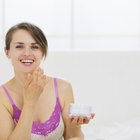
How to Treat Dark Spots From Acne
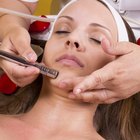
Fraxel Laser Treatment Dangers

Subungual Warts and Treatment

What Are the Dangers of Fraxel Repair?
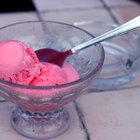
How to Keep Ice Cream Cold Enough for a ...

How to Get Rid of Pink Scars
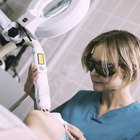
Laser Treatment for Face Wrinkles

How to Prevent Breakouts After Waxing

How to Stop Bleeding From a Shaving ...
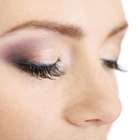
How to Soothe Irritation Bumps From ...

Fraxel Repair Vs. Restore Results
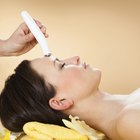
Photofacial Vs. Microdermabrasion
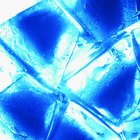
How to Minimize Pores Using Ice
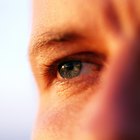
List of Retinoids
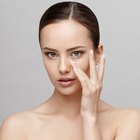
Hydroquinone & Dark Circles

How do I Speed Up the Reversal of Face ...
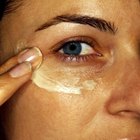
The Best Facial Moisturizers for People ...

How to Soothe Waxed Skin

How to Tighten Loose Ligaments

Help for Red Marks After Facials
Writer Bio
Shelley Moore is a journalist and award-winning short-story writer. She specializes in writing about personal development, health, careers and personal finance. Moore has been published in "Family Circle" magazine and the "Milwaukee Sentinel" newspaper, along with numerous other national and regional magazines, daily and weekly newspapers and corporate publications. She has a Bachelor of Science in psychology.